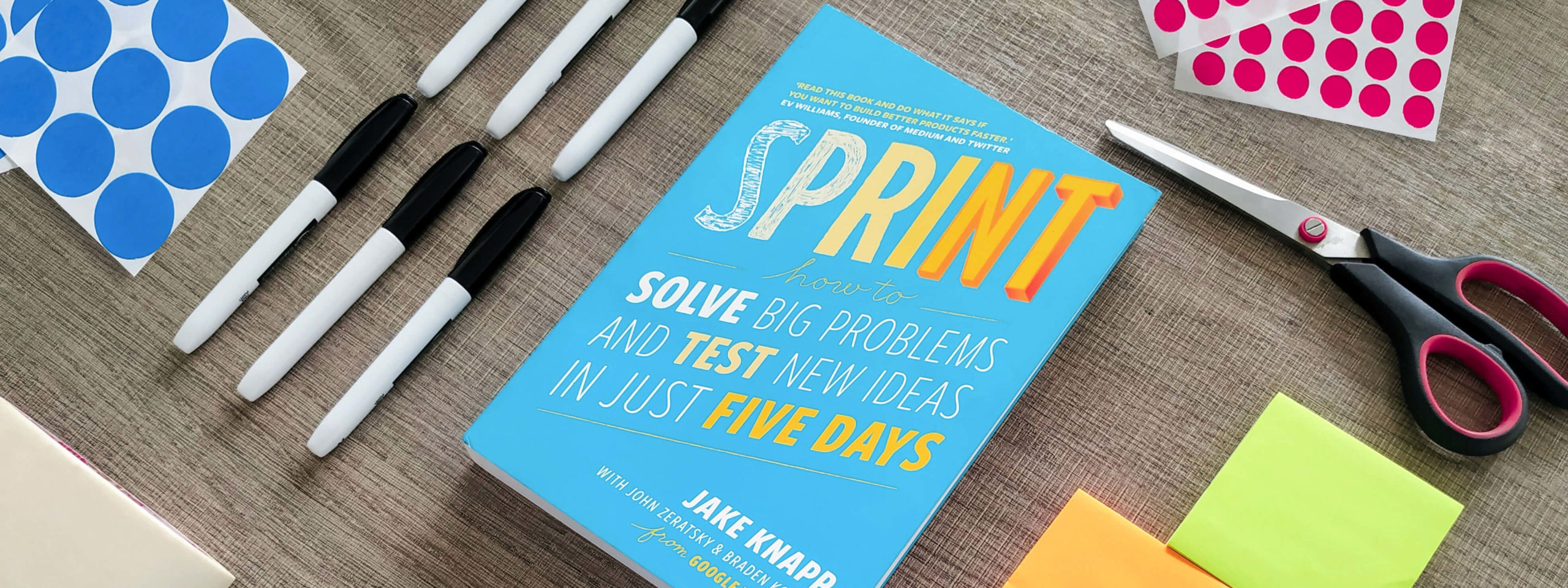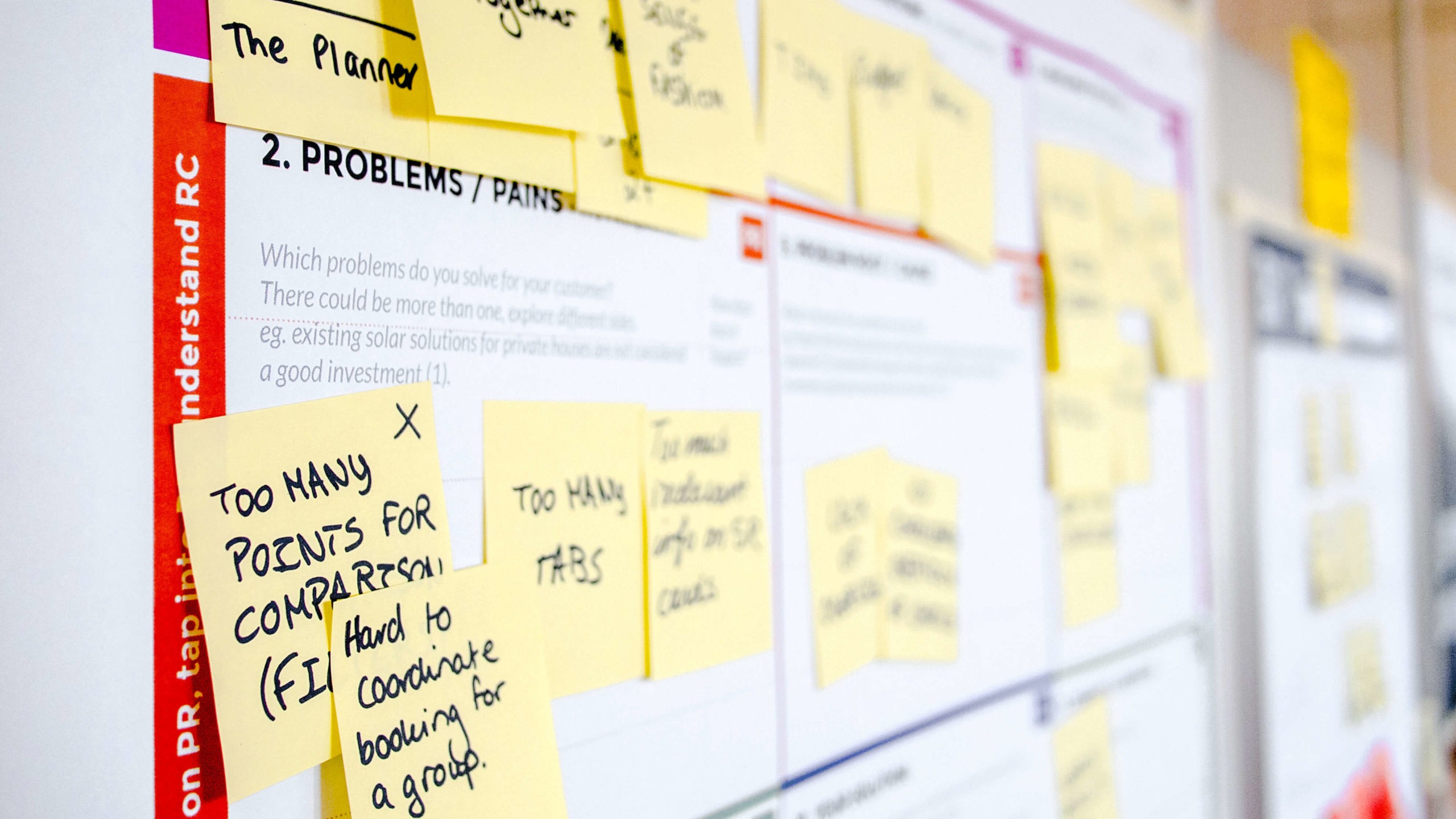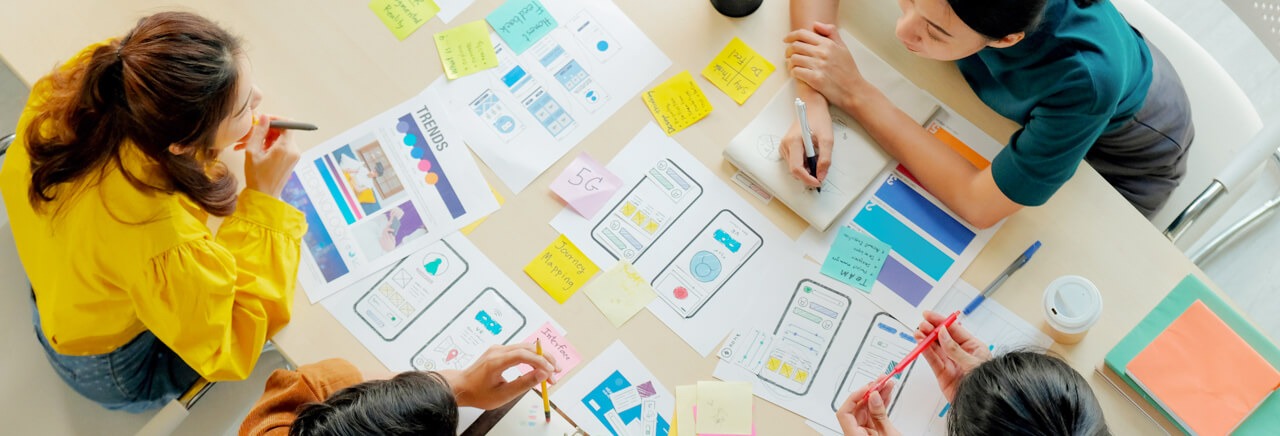Design Sprints can be the catalyst for an organization’s evolution. When it’s done correctly, it creates a culture of customer-centric problem solving, that is geared towards consistent innovation.
Let us take you on a quick journey on best practices and how it has benefited some of our clients, like Carrier.
Officially, a Design Sprint is a multi-day process for solving challenges through prototyping and validation of ideas and concepts through testing and gathering of feedback from actual people. In short, it’s a method of quickly brainstorming solutions and then testing them by immediately putting them in action.
Popularized by Jake Knapp, author of the book entitled “Sprint: How to Solve Big Problems and Test New Ideas in Just Five Days”, the Design Sprint is the practical application of our Design Thinking workshops. While the source material suggests that these sprints take place over the course of five days, through continuous iteration and familiarization with the process, some teams can reduce it into as little as three days.
Running Design Sprints has been shown to offer numerous benefits! These include:


